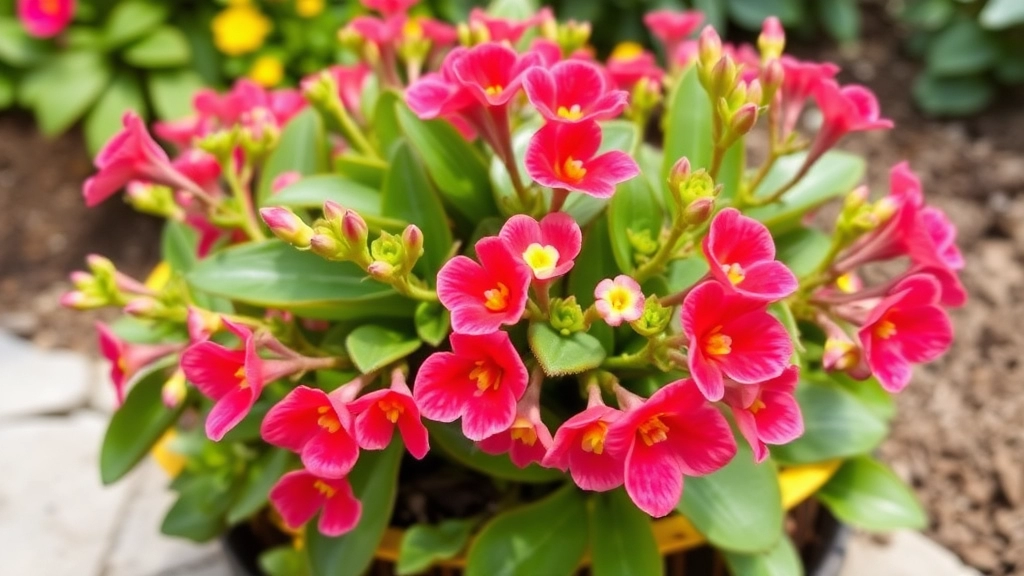Kalanchoe Flowering Season
As an avid gardener, I’ve always been fascinated by the Kalanchoe flowering season. These vibrant succulents are not only easy to care for but also bring a splash of colour to any indoor or outdoor garden. Understanding their blooming cycle can help you get the most out of these beautiful plants.
In this guide, I’ll share some tips on how to ensure your Kalanchoe thrives during its flowering season. From optimal light conditions to watering schedules, I’ve got you covered to keep your Kalanchoe blooming beautifully year-round.
When considering the captivating world of Kalanchoe plants, many of us wonder what makes them so special. Kalanchoe, a member of the Crassulaceae family, is renowned for its vibrant flowers and succulent leaves. These plants are not just visually appealing; they possess several key characteristics that make them popular among both novice and experienced gardeners.
Kalanchoe plants are succulents, meaning they store water in their leaves and stems. This adaptation allows them to thrive in arid conditions, making them low-maintenance and drought-resistant.
The leaves of Kalanchoe can vary significantly, ranging from smooth and glossy to textured and serrated. This diversity adds an interesting aesthetic to any plant collection.
One of the most appealing traits of Kalanchoe is its ability to produce clusters of small, tubular flowers. These blooms can come in various colours, including red, yellow, pink, and white, providing a vibrant display.
Kalanchoe plants can grow upright or as trailing varieties, making them versatile for different gardening styles. Their compact size makes them ideal for pots, window sills, or hanging baskets. For more detailed care tips, you can refer to the [complete guide to caring for Kalanchoe Silver Spoons](https://planthq.org/complete-guide-to-caring-for-kalanchoe-silver-spoons/) or explore the [care tips for thriving Kalanchoe red flower plants](https://planthq.org/care-tips-for-thriving-kalanchoe-red-flower-plants/).
Typical Blooming Periods
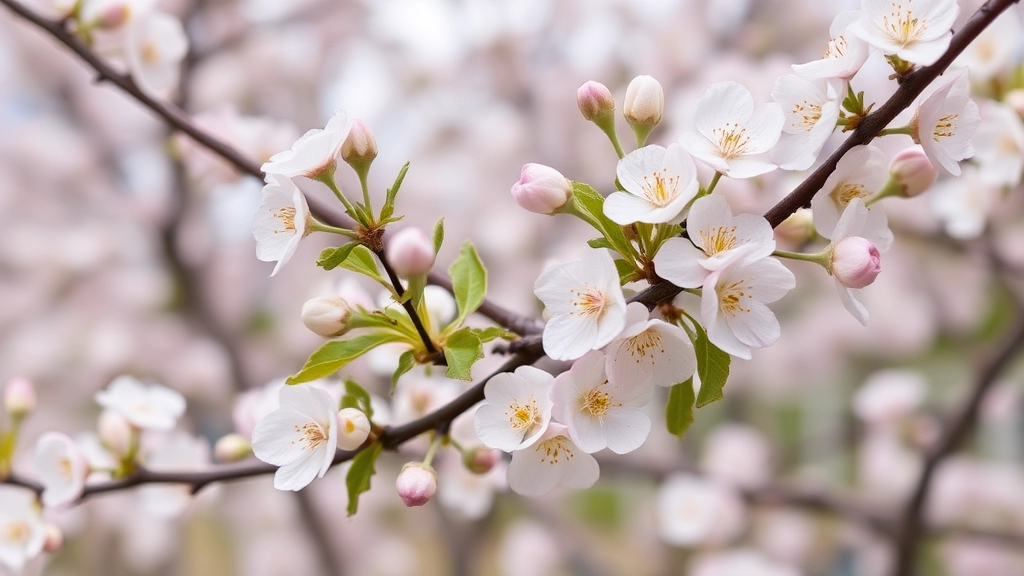
Have you ever wondered when your Kalanchoe plants will burst into bloom? It’s a common question for plant lovers.
Kalanchoe plants are known for their stunning flowers, but their blooming periods can vary. Generally, these beauties bloom during the late winter to early spring months.
Key Blooming Times:
- Late Winter (January – March): This is when most Kalanchoe varieties start to show their colourful blooms.
- Early Spring (April – May): Some varieties may continue to bloom into early spring, adding a splash of colour to your garden or home.
The blooming period can also depend on the specific type of Kalanchoe you have. For instance, Kalanchoe blossfeldiana is one of the most popular varieties and typically blooms in late winter.
Many plant enthusiasts wonder why their Kalanchoe plants sometimes fail to bloom or produce fewer flowers than expected. Understanding the factors that influence flowering can help you cultivate a thriving Kalanchoe.
Kalanchoe plants thrive in bright, indirect sunlight. Insufficient light can lead to poor blooming. Aim for:
– **6 hours of light daily:** This encourages healthy growth and vibrant flowers.
– **Avoid direct sunlight:** It can scorch the leaves, leading to stress.
Temperature plays a crucial role in the flowering process. Kalanchoe prefers:
– **Daytime temperatures:** 20-24°C (68-75°F).
– **Nighttime temperatures:** 15-18°C (59-65°F).
Extreme temperatures can hinder blooming, so maintaining a stable environment is key.
Overwatering or underwatering can both affect flowering. To keep your Kalanchoe happy:
– **Water when the top inch of soil is dry.**
– **Ensure good drainage:** Excess water can lead to root rot, stifling blooms.
A balanced fertiliser can encourage blooming. Consider:
– **Use a diluted liquid fertiliser every 4-6 weeks during the growing season.**
– **Opt for a fertiliser high in phosphorus:** This nutrient promotes flowering.
Interestingly, Kalanchoe plants often bloom more when slightly stressed. Factors include:
– **Temperature fluctuations:** Brief exposure to cooler temperatures can trigger blooming.
– **Reduced watering before blooming:** This can prompt the plant to flower.
By understanding these factors, you can create an environment that encourages your Kalanchoe to flourish and produce beautiful blooms. For more detailed care tips, check out this [ultimate guide to flowering Kalanchoe care](https://planthq.org/ultimate-guide-to-flowering-kalanchoe-care-tips-for-blooming/) and learn about the [benefits of Kalanchoe Pinnata for skin health](https://planthq.org/benefits-of-kalanchoe-pinnata-for-skin-health/).
Optimal Growing Conditions for Blooming
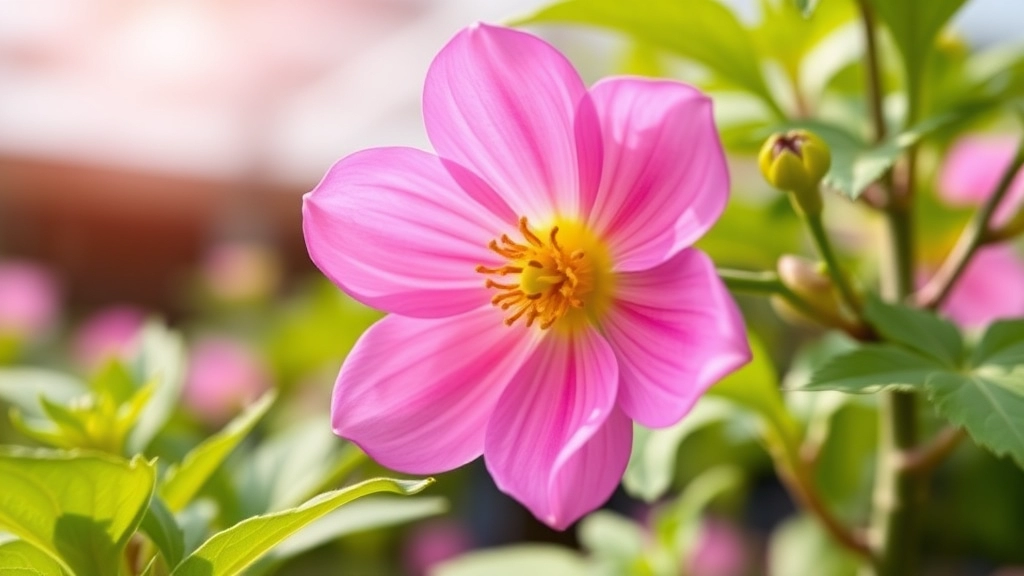
When it comes to ensuring your Kalanchoe plants bloom beautifully, understanding their optimal growing conditions is crucial. Many enthusiasts often wonder why their plants aren’t flowering as expected.
Light Requirements
Kalanchoe plants thrive in bright, indirect sunlight.
- Ideal Location: A south-facing window is perfect.
- Duration: Aim for about 6 hours of light daily.
- Avoid Direct Sunlight: Too much direct sun can scorch the leaves.
Temperature Preferences
These plants prefer a warm environment.
- Daytime Temperature: Between 20-25°C (68-77°F) is ideal.
- Nighttime Temperature: They can tolerate cooler nights, around 15°C (59°F).
- Avoid Extremes: Sudden temperature changes can stress the plant.
Humidity Levels
Kalanchoe plants are not particularly fussy about humidity.
- Moderate Humidity: They thrive in average household humidity.
- Avoid Dampness: Excess moisture can lead to root rot.
Soil and Watering
The right soil and watering schedule play a vital role in blooming.
- Soil Type: Use a well-draining cactus or succulent mix.
- Watering Frequency: Water when the top inch of soil feels dry.
- Avoid Overwatering: This is a common mistake that can hinder blooming.
Fertilisation
Proper nutrition can significantly influence blooming.
- Fertiliser Type: Use a balanced, water-soluble fertiliser.
- Frequency: Fertilise every 4-6 weeks during the growing season.
- Dilution: Always dilute the fertiliser to half strength.
Seasonal Care Tips for Kalanchoe Plants
As we explore the seasonal care tips for Kalanchoe plants, it’s essential to understand how each season influences their growth and blooming patterns.
Spring Care
- Repotting: This is the ideal time to repot your Kalanchoe if it’s outgrown its container.
- Fertilising: Use a balanced, water-soluble fertiliser every four to six weeks to promote healthy growth.
- Light Exposure: Increase sunlight exposure as days get longer. Kalanchoes thrive in bright, indirect light.
Summer Care
- Watering: Ensure the soil dries out between waterings. Overwatering can lead to root rot.
- Humidity: Keep humidity levels moderate. Too much humidity can cause fungal issues.
- Pest Check: Regularly inspect for pests like aphids or mealybugs, which can be more prevalent in warmer months.
Autumn Care
- Pruning: Trim back any leggy growth to encourage bushier plants.
- Temperature Control: As temperatures drop, move your Kalanchoe indoors if it’s been outside.
- Light Adjustment: Decrease fertilisation as the plant enters dormancy.
Winter Care
- Watering: Reduce watering frequency. Kalanchoe requires less water in cooler months.
- Temperature Stability: Keep them in a warm spot, ideally between 15-20°C. Avoid drafts.
- Light Needs: Ensure they receive adequate light, as shorter days can affect blooming.
Common Varieties and Their Bloom Times
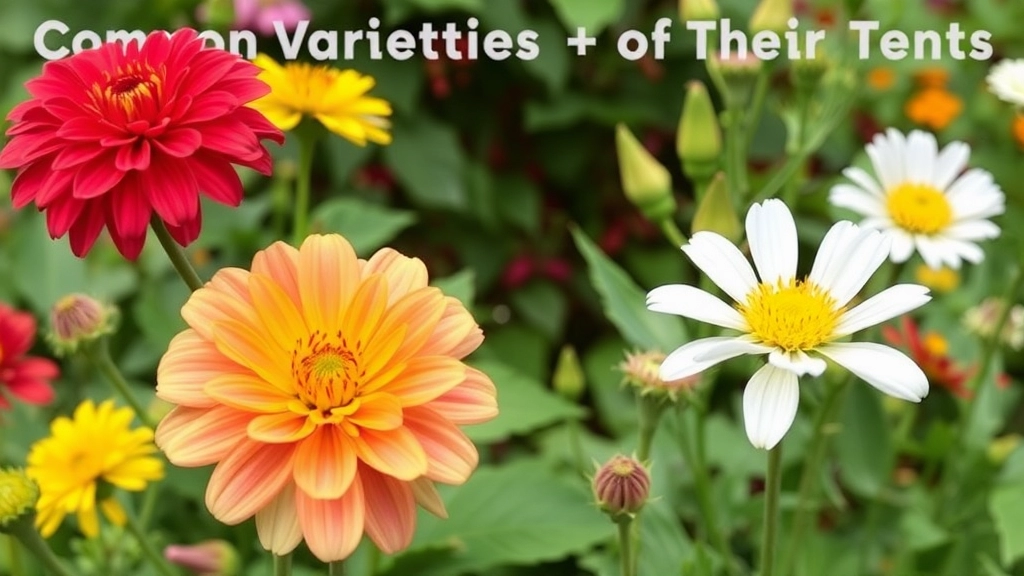
So, you’re eager to know which Kalanchoe varieties will light up your space with vibrant blooms? You’re in the right place!
Kalanchoe plants are not just pretty faces; they come in various types, each with its unique charm and blooming schedule. Here’s a quick rundown of some popular varieties and when you can expect them to flower:
- Kalanchoe blossfeldiana:
- Bloom Time: Typically blooms from late winter to early spring.
- Features: Known for its bright, clusters of flowers in shades of red, pink, yellow, and white.
- Kalanchoe tomentosa (Panda Plant):
- Bloom Time: Flowers in late spring to summer.
- Features: Has fuzzy, grey-green leaves and produces tubular flowers that are often orange or yellow.
- Kalanchoe luciae (Paddle Plant):
- Bloom Time: Blooms in late summer.
- Features: Recognized for its stunning, paddle-shaped leaves that turn red at the edges when stressed.
- Kalanchoe beharensis (Mother of Thousands):
- Bloom Time: Usually blooms in spring.
- Features: Notable for its large, thick leaves and tall flower spikes.
- Kalanchoe daigremontiana (Chandelier Plant):
- Bloom Time: Flowers in late spring to summer.
- Features: Produces unique, hanging clusters of flowers and is famous for propagating from its leaf edges.
Understanding these bloom times can help you plan your care and make sure you get the most out of your Kalanchoe collection.
When it comes to enjoying the vibrant blooms of Kalanchoe plants, pruning and maintenance play a crucial role. Many plant enthusiasts often wonder how to keep their Kalanchoe flourishing throughout the blooming season.
### Why Pruning Matters
Pruning is essential for several reasons:
– **Encourages New Growth**: By removing spent flowers and leggy stems, you stimulate new growth.
– **Improves Air Circulation**: Proper pruning helps prevent fungal diseases by allowing better airflow.
– **Shapes the Plant**: Regular trimming maintains a compact and attractive shape.
### Pruning Tips
1. **Timing**:
– Prune after the blooming period to avoid cutting off active flowers.
2. **Tools**:
– Use clean, sharp scissors or pruning shears to prevent damage and infection.
3. **Technique**:
– Remove wilted flowers by cutting them back to the base.
– Trim leggy stems to promote bushier growth.
4. **Frequency**:
– Check your plants every few weeks during the growing season and prune as needed.
### Maintenance for Optimal Health
In addition to pruning, regular maintenance is key to prolonging blooming:
– **Watering**: Ensure the soil is well-drained and water only when the top inch feels dry. For more detailed watering tips, you can refer to this [complete care guide for Kalanchoe Chocolate Soldier](https://planthq.org/complete-care-guide-for-kalanchoe-chocolate-soldier/).
– **Fertilising**: Use a balanced fertiliser every month during the growing season to provide essential nutrients.
– **Pest Control**: Keep an eye out for pests like aphids and mealybugs, treating them promptly with insecticidal soap. If you’re dealing with specific issues like brown leaves, you might find this [guide on causes and solutions for brown leaves](https://planthq.org/why-kalanchoe-plant-leaves-turn-brown-causes-solutions/) helpful.
By following these pruning and maintenance tips, you can ensure your Kalanchoe plants not only bloom beautifully but also remain healthy and vibrant.
Signs of Healthy vs. Unhealthy Blooms
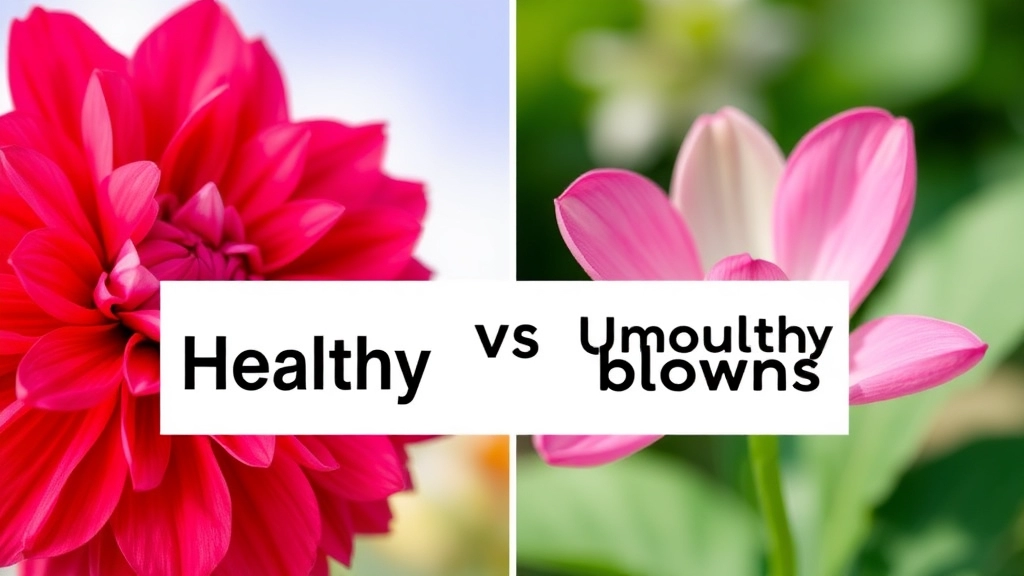
When you’re nurturing your Kalanchoe, it’s crucial to know what a healthy bloom looks like. This helps you catch any issues before they snowball into bigger problems. So, what should you be looking for?
Signs of Healthy Blooms
- Vibrant Colour: Healthy blooms are often bright and lively. If your flowers are dull or faded, they might be struggling.
- Firm Petals: Gently touch the petals. They should feel firm and sturdy. If they’re wilting or mushy, that’s a red flag.
- Abundant Growth: A healthy Kalanchoe should have plenty of flowers. Sparse blooms could indicate stress.
- Green Foliage: The leaves should be a rich green. Yellowing leaves might suggest overwatering or nutrient issues.
Signs of Unhealthy Blooms
- Brown Edges: If the edges of the petals are turning brown, it could mean your plant is getting too much sun or not enough water.
- Drooping Flowers: Flowers that droop or hang limply are often a sign of dehydration or root problems.
- Pest Infestation: Look for tiny bugs or webbing. Pests can sap your plant’s energy and affect blooming.
- Foul Odour: A bad smell could indicate rot or disease. Time to investigate!
When it comes to Kalanchoe plants, one common question arises: do they bloom better indoors or outdoors? The answer isn’t straightforward, as both environments offer unique benefits and challenges for flowering.
**Indoor Flowering**
Kalanchoe plants can thrive indoors, provided they receive adequate light and care. Here are some factors to consider:
– **Light Requirements**: Indoor Kalanchoes need bright, indirect sunlight. A south-facing window is ideal.
– **Temperature Control**: They prefer temperatures between 15°C and 25°C. Avoid cold drafts.
– **Humidity Levels**: Indoor air can be dry, especially in winter. A humidifier or pebble tray can help maintain moisture.
Many indoor gardeners enjoy the convenience of controlling these conditions, leading to consistent blooming. However, if light levels are insufficient, flowering may be limited.
**Outdoor Flowering**
On the other hand, outdoor Kalanchoes can benefit from natural sunlight and fresh air. Key considerations include:
– **Sun Exposure**: Outdoor plants thrive in full sun for at least six hours a day.
– **Soil Quality**: Well-draining soil is crucial to prevent root rot, especially after rain.
– **Pest Management**: Outdoor plants may face pests like aphids or mealybugs, which can impact blooming.
The vibrant blooms of outdoor Kalanchoes can be more abundant, thanks to the natural elements. However, they are also more susceptible to weather changes and pests. For more detailed guidance, you can check out the [ultimate guide for healthy growth of Kalanchoe Flaming Katy](https://planthq.org/kalanchoe-flaming-katy-care-ultimate-guide-for-healthy-growth/) or explore [tips for different Kalanchoe succulent varieties](https://planthq.org/top-kalanchoe-succulent-varieties-and-care-tips/).
Troubleshooting Non-Flowering Issues
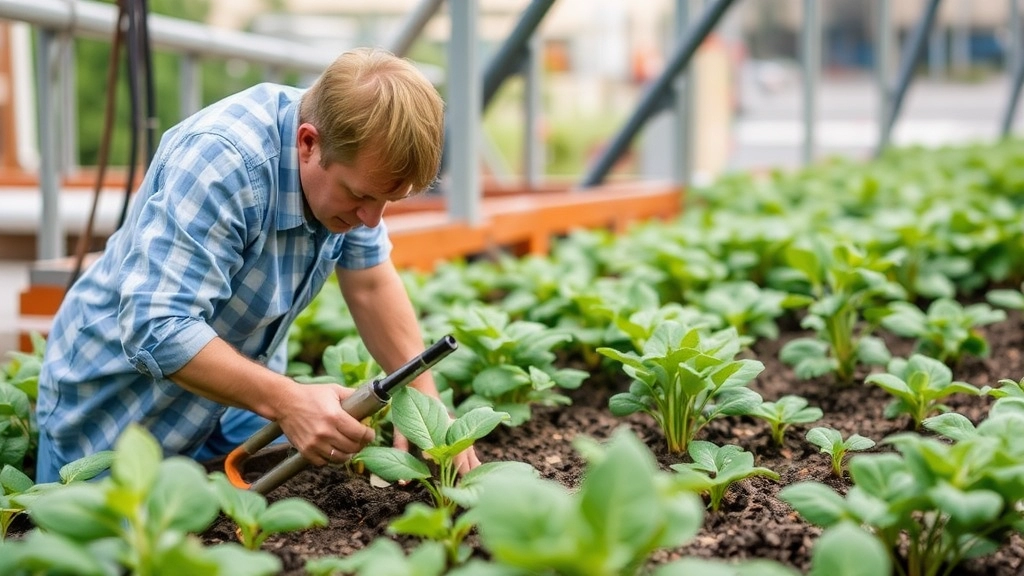
So, you’ve got your Kalanchoe all set up, but it’s just not blooming. Frustrating, right?
Let’s dive into some common reasons why your Kalanchoe might be keeping its flowers to itself.
1. Insufficient Light
Kalanchoe plants thrive in bright, indirect sunlight. If they’re not getting enough light, they may skip flowering altogether.
- Solution: Move your plant to a brighter spot, but avoid harsh direct sunlight that could scorch its leaves.
2. Overwatering
Too much water can lead to root rot, which can prevent blooming.
- Solution: Make sure the soil dries out between waterings. A good rule of thumb is to water only when the top inch of soil feels dry.
3. Nutrient Imbalance
If your Kalanchoe isn’t getting the right nutrients, it might not have the energy to bloom.
- Solution: Use a balanced fertiliser every few weeks during the growing season. Look for one that’s high in potassium to encourage blooming.
4. Temperature Extremes
Kalanchoe prefers a warm environment. If it’s too cold or too hot, it could affect blooming.
- Solution: Keep it in a temperature range of 15-25°C (59-77°F). Avoid placing it near drafts or heating vents.
5. Too Much Nitrogen
While nitrogen is essential for growth, too much can lead to lush foliage at the expense of flowers.
- Solution: Use a fertiliser with lower nitrogen levels and higher phosphorus and potassium to promote blooming.
6. Lack of Dormancy
Kalanchoes need a period of dormancy to encourage flowering. If they’re kept in ideal conditions year-round, they might not bloom.
- Solution: Allow your plant to rest by reducing water and light for a few weeks in winter.
Enhancing Bloom Longevity
Are you tired of your Kalanchoe blooms fading too soon? It’s a common concern for many plant enthusiasts.
To ensure your Kalanchoe flowers last as long as possible, consider the following strategies:
- Light Management: Kalanchoe thrives in bright, indirect sunlight. Too much direct sun can scorch the leaves, while too little can stunt blooming. Aim for 6 hours of light daily.
- Watering Wisely: Overwatering is a common mistake. Allow the top inch of soil to dry out before watering again. This prevents root rot and encourages healthier blooms.
- Fertilise Sparingly: Use a balanced, water-soluble fertiliser every 4-6 weeks during the growing season. Avoid fertilising during the dormant winter months.
- Temperature Control: Keep your Kalanchoe in a warm environment, ideally between 18-24°C. Sudden temperature drops can lead to premature flower drop.
- Pruning Dead Blooms: Regularly snip off spent flowers. This not only improves the plant’s appearance but also encourages new blooms.
- Humidity Levels: Kalanchoe prefers low to moderate humidity. If you live in a particularly humid area, ensure good air circulation around the plant.
By following these tips, you can enhance the longevity of your Kalanchoe blooms, ensuring they remain vibrant and delightful for weeks. For more detailed advice, check out our guide on why your Florist Kalanchoe is not flowering and our care tips for Kalanchoe after blooming.
FAQs about Kalanchoe Flowering Season
When do Kalanchoe plants typically bloom?
Kalanchoe plants generally bloom during the late winter to early spring months. However, the specific blooming period can vary depending on the variety.
What are the key blooming times for Kalanchoe varieties?
Most Kalanchoe varieties start blooming in late winter (January to March) and some may continue into early spring (April to May).
What are the optimal growing conditions for Kalanchoe to bloom?
Kalanchoe plants thrive in bright, indirect sunlight, warm temperatures (20-25°C or 68-77°F during the day and around 15°C or 59°F at night), moderate humidity, well-draining soil, and a balanced watering schedule.
Which Kalanchoe varieties are popular and when do they bloom?
Popular Kalanchoe varieties include:
- Kalanchoe blossfeldiana: Blooms from late winter to early spring.
- Kalanchoe tomentosa (Panda Plant): Blooms in late spring to summer.
- Kalanchoe luciae (Paddle Plant): Blooms in late summer.
- Kalanchoe beharensis (Mother of Thousands): Blooms in spring.
- Kalanchoe daigremontiana (Chandelier Plant): Blooms in late spring to summer.
What are the signs of healthy Kalanchoe blooms?
Healthy Kalanchoe blooms are characterized by vibrant color, firm petals, abundant growth, and green foliage.
What are the signs of unhealthy Kalanchoe blooms?
Unhealthy blooms may have brown edges, drooping flowers, pest infestations, or a foul odor.
Why isn’t my Kalanchoe blooming?
Common reasons for non-flowering Kalanchoe include insufficient light, overwatering, nutrient imbalance, temperature extremes, too much nitrogen, and lack of dormancy.
How can I encourage my Kalanchoe to bloom?
To encourage blooming, ensure your Kalanchoe gets bright, indirect sunlight, avoid overwatering, use a balanced fertilizer, maintain optimal temperatures, and allow a period of dormancy by reducing water and light in winter.
